UX Research
Exploratory research
Exploratory research allows us to discover and understand the needs of users, both current and potential, which we may not have been aware of before.
It’s worth turning to them when we are working on product strategy, planning its development, but also when we are looking for inspiration to create something entirely new.
Common topics in exploratory research include:
- Emotions and motivations
- Needs and expectations
- Barriers, problems, concerns
- Habits, routines
- Patterns and behavioral schemes
In-depth competitor analysis
During exploratory research, we converse with approximately 7-15 users.
Details
Format:
Depending on the nature of the problem, we employ various research methods. Most often, we conduct individual interviews with current or potential users using generative techniques and/or contextual interviews.
Other methods include in-depth benchmarking, diary studies, ethnography, and co-creation workshops.
When is it worthwhile:
- When we are creating a new product.
- When we are looking for ideas to improve an existing product.
- When we want a better understanding of user problems and needs.
- When we aim to create an attractive value proposition.
- When we are trying to reach new customer groups.
- At the beginning of a larger Product Discovery project.
- At the beginning of the Design Thinking process.
Results (depending on the context)
- A research report with in-depth user characteristics.
- Tools for project work based on data: customer journey maps, personas, empathy maps, Jobs-to-Be-Done.
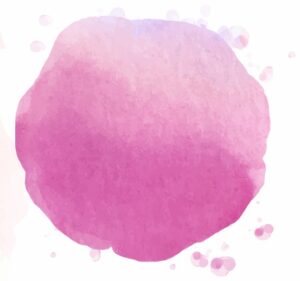
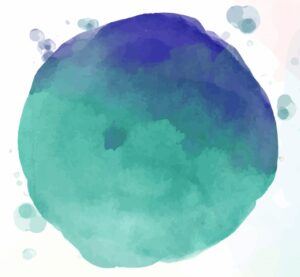
Survey research
Surveys allow us to confirm or refute our hypotheses about the product or users. They also enable us to gain insight into their basic characteristics, opinions, beliefs, preferences, and evaluations.
Inference applies to the entire customer population or a selected group. It is based on statistical analysis and probability.
They are valuable in evaluating a product, but also as a subsequent step after exploratory research – to estimate the frequency and significance of discovered issues, concerns, motivations, expectations, and needs.
Details
Format:
- Surveys sent via email to a customer database or a selected group.
- Surveys displayed on a website or in an application.
When is it worthwhile:
- When we want to make data-driven decisions.
- When we want to conclude the entire customer population.
- When we aim to quantify ratings, opinions, beliefs, behaviors, needs, motivations.
- When we want to answer questions like: How often? How much? How significant?
- When we need a synthetic assessment of a product or feature.
- When we need data quickly, and in-depth user understanding is not crucial.
Results (depending on the context):
A report containing statistics and charts, describing the entire surveyed group.
Usability tests
Usability testing is the best way to determine whether our product is understandable, intuitive, and user-friendly. Through tests, we can quickly identify issues affecting user experience.
We can also incorporate concept testing elements into usability testing.
Usability tests are particularly valuable before product or feature implementation (using prototypes) to eliminate potential problems. They are also conducted on functioning products as part of their evaluation and optimization.
Details
Format:
- Tests on prototypes or functioning products, remote or in-person, on desktop or mobile devices.
- Qualitative and quantitative tests, moderated and unmoderated, with or without metrics.
When is it worthwhile:
- When we want to ensure that project development is on the right track.
- When we need to verify if the product is ready for deployment.
- When we are evaluating a functioning product.
- When we are examining if the language, terminology, navigation, and processes on a website or application are user-friendly, understandable, and intuitive.
- When we want to discover if users encounter issues or obstacles during interactions with the product.
Results (depending on context):
A test report containing a prioritized list of usability issues and design recommendations for addressing them.
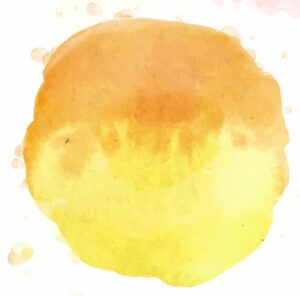
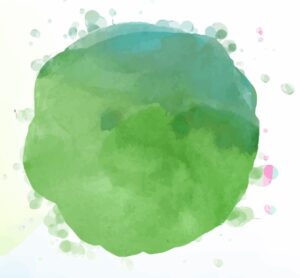
Concept tests
Concept tests allow you to check whether the designed product meets the expectations of the target audience. During these tests, we assess the attractiveness of the product idea, its understandability, and evaluate specific elements such as the offer or content.
Concept tests can also include usability testing components.
Concept tests are conducted during the design phase when we are creating a new solution intended to address the expectations identified during the exploration phase.
Details
Format:
Interviews with current or potential users, conducted remotely or in person, combined with exploration and evaluation of product concepts (prototypes).
When is it worthwhile:
- When we want to determine if the product concept is attractive and understandable to the target audience.
- When we seek to deepen our understanding of user expectations for the proposed product.
- When we are considering different product options and want to select the most appealing one for users.
- When we want to verify if the project work is heading in the right direction.
Results (depending on context):
A research report containing an evaluation of the concept, indicating potential directions for development or modification of the concept, and identifying issues to address.
How do we do it?
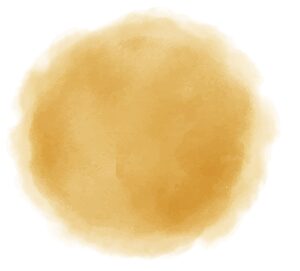
We conduct meaningful research
We examine business goals, the product's life stage, strategy, and the team's knowledge. This enables us to propose research that impacts product decisions.
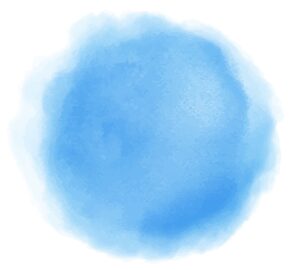
We consider time and budget
We propose research that will provide the necessary knowledge to the team as quickly as possible. We also have solutions for projects with very tight deadlines.
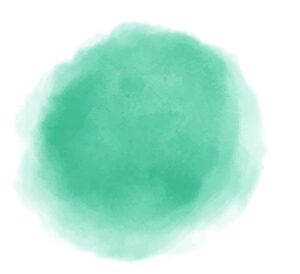
We engage the team in research
We invite team members to participate in our research - both as observers and facilitators.